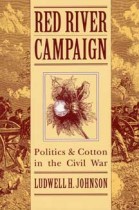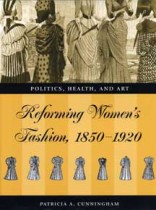Recording the Classics
James Jessen Badal | Filed under: Music
In this collection of interviews with major orchestra conductors, James Badal explores the impact of recording technology on contemporary musical culture. Spanning more than a decade with masters such a Vladimir Ashkenazy, Christoph von Dohnányi, and Christopher Hogwood, these discussions offer valuable commentary on the digital revolution and subsequent compact disc explosion.










